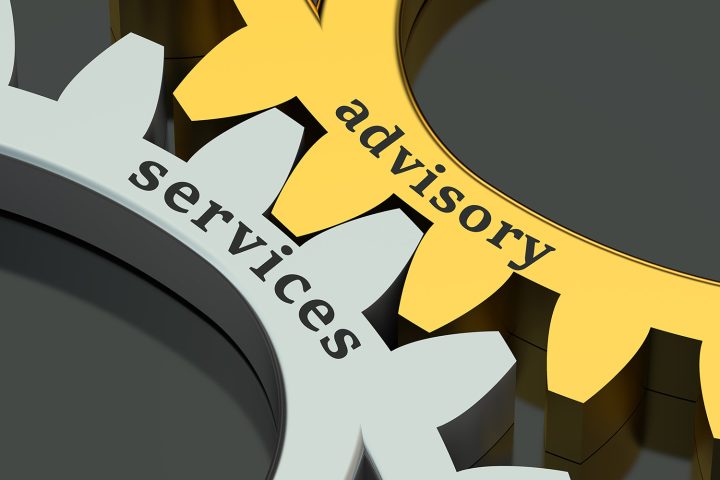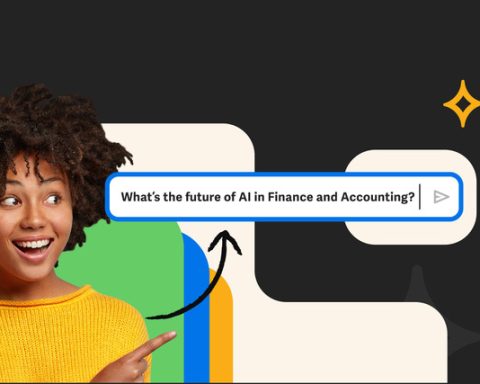Introduction
As a Senior Financial Executive with experience in Public Accounting and the ability to leverage data to drive insights, I see a great entrepreneurial opportunity to underscore how Artificial Intelligence (AI) is transforming audit and advisory services driving innovation and efficiency to unlock new insights.
AI is increasingly being integrated into nearly every aspect of our lives and industries. So, it should not come as a surprise that AI has weaved itself into both audit and advisory platforms to significantly enhance and improve efficiency, accuracy, risk detection, and the delivery of strategic insights. This article explores some of the ways that AI can be used as a tool to elevate the audit process to deliver both operational value and strategic guidance.
Pivot from Audit to Insights
When thinking about AI in audits, especially in terms of client or organizational insights, it means transforming the audit from a compliance necessity into a strategic advisory tool. Here’s how AI can reshape the nature and depth of insights that can be delivered.
By utilizing AI, the audit function can be reframed entirely—as a source of competitive intelligence in the following ways:
1. Trend analysis: AI can merge internal data with external sources (e.g., economic data, competitor benchmarks). AI can analyze a client’s data and compare it against industry benchmarks, peer performance, or best practices. This helps compare costs or margins to peers and can automate recommendations to improve performance, focusing on areas with the greatest ROI or risk exposure.
Entrepreneurial Edge: Help make smarter investments, pricing decisions, or operational changes.
2. Scenario modeling and Predictive Insights: Such models project how risks or changes (e.g., interest rates, supply delays) will impact the business, showing clients not just what happened, but what could happen. Examples may include predicting cash shortfalls, loan covenant breaches or modeling how a price change affects margins or tax exposure.
Entrepreneurial Edge: Decision support becomes dynamic, not static—your advice becomes more forward-looking and strategic.
3. Risk Assessment and Anomaly Detection: AI models can analyze large datasets to identify outliers or risky patterns using scenario modeling, predictive and behavioral analytics, by generating risk heat maps, and by providing for continuous monitoring.
Entrepreneurial Edge: Build dynamic, evolving risk profiles of business units, vendors and distribution channels across geographies, providing early warning signs to enable companies to proactively manage financial and operational risks.
Reshaping Audit and Advisory Services
1. Deeper, Data-Driven Client Understanding: AI is able to extract and analyze vast amounts of client data across systems (ERP, CRM, procurement), revealing patterns that may otherwise be missed. This can enhance insights to better understand customer profitability by segment, identify process inefficiencies (e.g., slow-paying customers, cost leakage) or detect fraud or errors.
Entrepreneurial Edge: Enhanced financial assurance, operational clarity and business performance insights.
2. Continuous, Real-Time Insights: Traditional audits are backward-looking and periodic. AI enables real-time monitoring and continuous auditing, to support more agile, data informed decisions. This in turn can strengthen the monitoring of cash flow and budgets, enhance stress test scenario planning utilizing live data inputs, and more effectively flag breaches or threshold variances.
Entrepreneurial Edge: Move from reactive problem-solving to proactive management and foresight.
3. Strategic Focused Conversations: Automating routine audit tasks, frees up time to focus and engage on strategic issues, such as revenue model sustainability, market expansion, supply chain resilience and compliance risks.
Entrepreneurial Edge: A shift from “number checker” to entrepreneur and strategic partner.
Illustrative Examples of Public Accounting Firms that have Implemented Some Form of an AI-Enabled Audit Platform:
- KPMG Clara, EY Helix, and PwC’s Halo are AI-enabled platforms used to automate audits, analyze full data populations, and deliver strategic recommendations.
- Deloitte’s Argus Intelligent Document Review Platform
AI Tools for Internal Audit
AI tools are also increasingly being integrated into internal audit functions to enhance efficiency, increase accuracy, predict and identify risks and data mine.
Illustrative Examples of AI Tools and Technologies:
Fraud Detection Tool
MindBridge Ai: Helps auditors detect risks and inefficiencies that may be overlooked by traditional methods.
Machine Learning for Predictive Auditing
Alteryx: This analytics platform uses machine learning to automate complex data workflows and enhance predictive auditing.
AI-Driven Risk Assessment
Wolters Kluwer’s CCH Tagetik: Uses AI to streamline risk assessment, financial close processes, and ensure compliance.
Continuous Monitoring and Auditing Tools
Teammate+: Offers automated, real-time auditing, providing continuous monitoring of financial transactions.
AI-Powered Reporting and Document Automation
Workiva: Automates the preparation of audit reports by integrating AI and data analytics.
DocuWare : Intelligent Data Processing Solutions
Entrepreneurial Edge: Help organizations enhance transparency, reduce risks, and optimize processes to reinforce infrastructure and drive strategic growth.
Conclusion
AI-powered audit and advisory insights can provide a deeper lens into a business. It also enables organizations to react faster to risks, improve operational decision-making and support data-informed strategic decisions.
When it comes to audit and advisory services, consider how advanced technologies, coupled with expertise, can take your upcoming audit or advisory services to the next level, shifting from transactional to transformational value.






















